
Index:
UPDATED ✅ Do you want to know more about energy accumulation systems and their importance? ⭐ ENTER HERE ⭐ and Learn Everything! FROM ZERO! ⭐
The increase in domestic and industrial energy consumption is a matter of great attention, because we depend on electricity to carry out most of our occupationsif not why do we see ourselves in total chaos in the face of a blackout or brownout.
The foregoing cannot generate complications before electrical regulations if we have our energy reserve, this is one of the reasons for the convenience of developing adequate energy storage systems (SAE).
Consequently, an electrical system is guaranteed through efficient techniques, in addition to seek the implementation of renewable sources without damaging the earth. But below we give you more details that you should know about this important topic.
What is an energy storage system?

Today it is very feasible to contain energy for later use, depending on its form different methods and technologies can be used -supply chains- that allow us, these are SAE or energy storage systems. For commercial use and conservation, energy can be transformed into different types: electrical, biological, mechanical, chemical, electrochemical, geothermal, thermal and nuclear. Some of them are exploited and others are in the development phase.
In relation to energy storage systems, these can be branched according to their capacity:
- SAE on a large scale. Applied in sites that require supply with a power unit in gigawatt (GW).
- SAE in networks and generation assets. Work consumption requires a capacity in megawatts (MW).
- SAE at the end user level. The kilowatt (KW) is used in residential areas.
How does an energy storage system work?
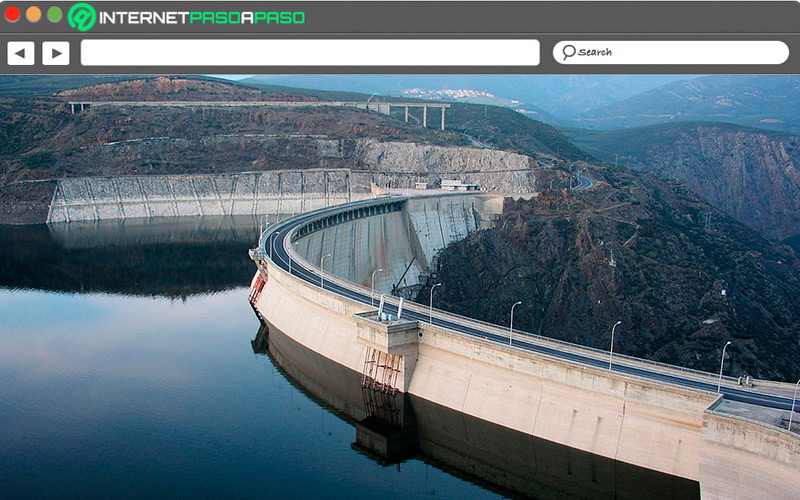
The energy storage process is complex, in the first place the source of obtaining it must exist, that is, from where it is generated to later transport it and be transformed. As we know electricity, it cannot be accumulated by itself, therefore, the cooperation of chemical or mechanical energy is essential.
We see the SAE applied in car batteries or rechargeable batteries, since the chemical energy transformed within them we can use when we demand it; This is of great advantage due to its rapid response. These devices use compounds that have the task of reacting with each other by sharing electrons that, as they pass through a circuit, are capable of releasing electric current.
We can also see this system daily on computers, in the CPU there are capacitors that allow to store the necessary energy for when the user resets the ignition, memory restore some functions. Another example would be the use of domestic solar panels, which capture energy to store it, this can be of great help when there are sunny days and we are not at home. It is a way of not wasting energy and rescuing what the climate gives us when it is available..
On the other hand, the thermal storage process explains accumulating heat in materials, such as molten salts -nitrate, potassium or sodium- that escapes via a water-to-steam cyclean action that mobilizes turbines to finally create electricity.
Importance and necessity of SAE
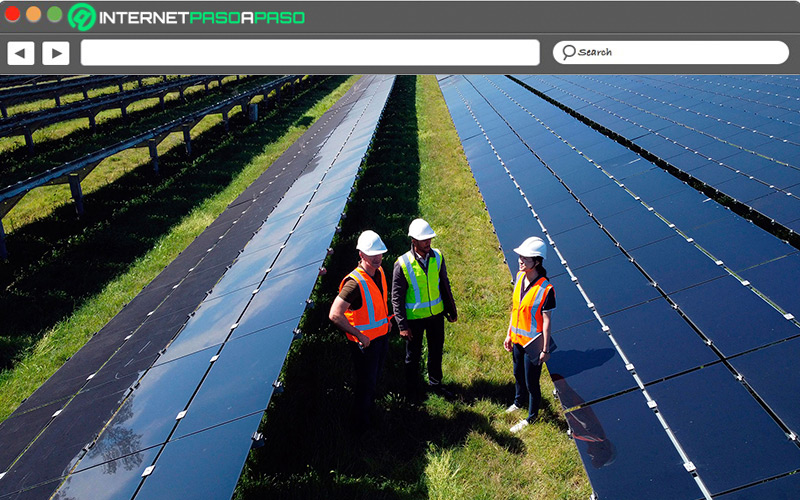
The idea of hoarding fossil energy sources is leading us to achieve a profitable, clean, renewable and waste-free energy model. This is where the SAE come to provide us with solutions for the electrical network systems that are now saturated. Projects to safeguard electricity from renewable sources (solar or wind) deserve full support, because currently these supplies require a storage system that doesn’t waste every green volt.
The SAE can maintain the balance of the generation technology, occasionally using the renewable energy that was produced when it was not required at the time due to its stationary nature. In this sense, it is very useful especially because are sources that are subject to meteorological changes. It is also a safe, non-polluting and low-cost service, which is worth it for all the contribution it provides not only to the network but also to the end user.
Another important element with which the SAE has contributed is the birth of the Smart Grid, it is an intelligent electricity distribution network. They are basically bidirectional networks, designed using the most modern information technologies to move electricity in both directions.
On the other hand, the international community emphasizes the transition of the current energy model towards decarbonization, in order to minimize greenhouse gas (GHG) emissions with the commitment that in the future the supply of electricity is guaranteed without harming the environment.
Types of energy storage systems
We had already mentioned that there are several types of SAE, in this section we point out some of these methods that allow you to transform energy to take advantage of its great benefits:
by compressed air
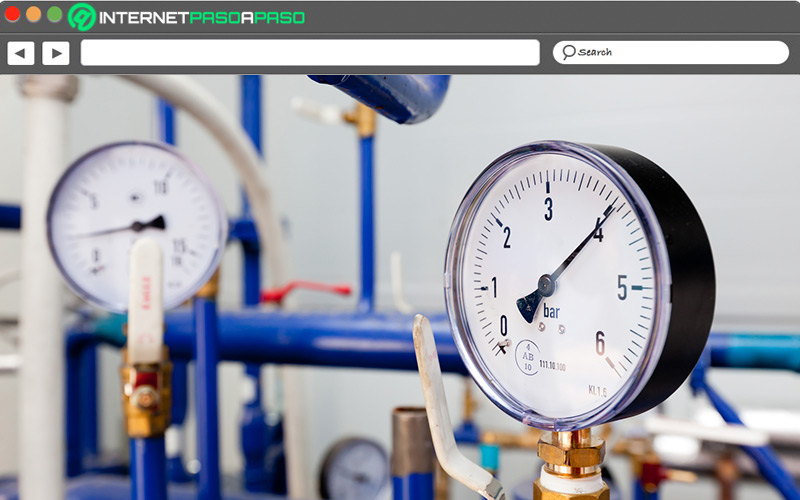
It is known as CAES (Compressed Air Energy Storage) and it is one of the mechanical forms of storage that involves hydro-pumping. The pressure is exerted in underground tanks or plants by means of a reversible motor in hours of high energy, then the collected air spreads generating movement to a turbogenerator. Sometimes it can reach a power of 100 MW. This type of energy is clean, economical and uses the surplus.
By hydrogen fuel cells
There are several kinds of fuel cells – fuel cell or fuel cell-, this one in particular is constantly fed with green hydrogen, so that the storage we are talking about is continuous chemical, and is widely used because it is more efficient than combustion engines. In other words, this electrochemical device has the quality of directly converting chemical energy into electrical energy and does not pollute.
by flywheels
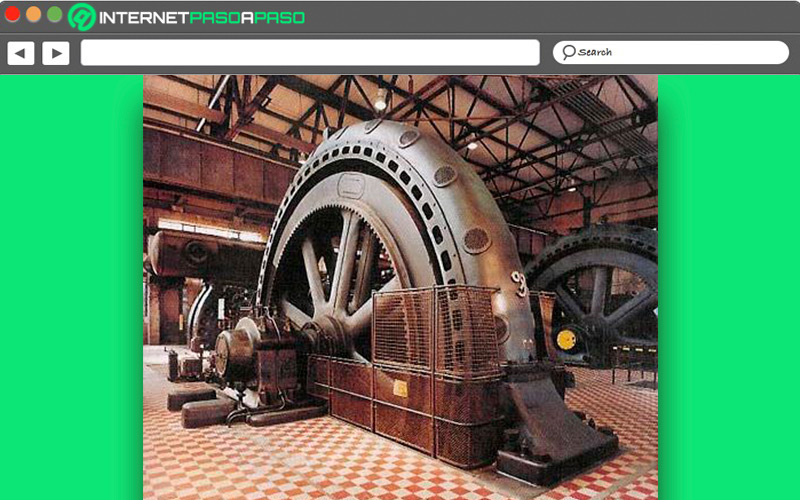
It is also a mechanical impulse and is based on the fact that the energy is contained in a rotating rotor (a flywheel), after finishing the load, it is disconnected from the electrical source and the metal disc remains rotating converting electrical energy into kinetic energy, you can perform the opposite effect if you want.
By hydroelectric pumping
Is he SAE most efficient of the hydroelectric type, lies in pumping at night from a water tank (river, sea, lake) to a higher reservoir. This technology is considered profitable, producing a large amount of clean energy in a short time.
By supercapacitor (ultracapacitors)
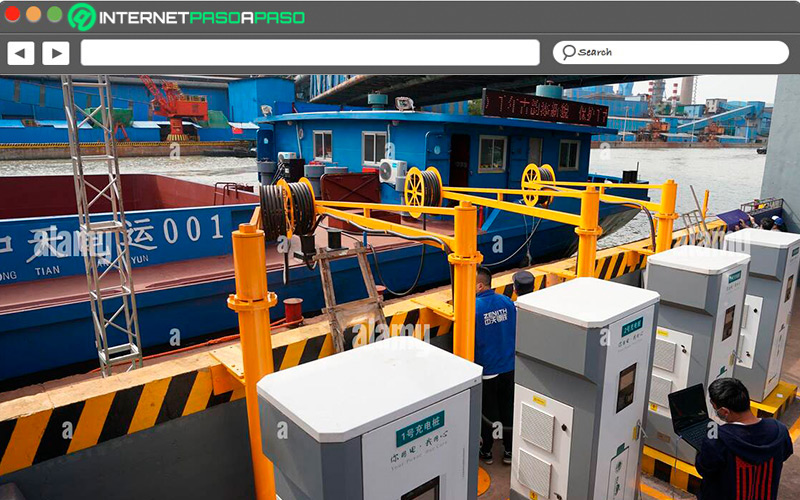
Its capacity is a thousand times greater than an electrolytic capacitor, since its power is measured in Farads. This device (EDLC) can accumulate electrical energy in the form of electrostatic charges and the most powerful has a capacity of 5,000 F.
Supercapacitors or SCs they can reach replace batteries due to their long period of use and short charge, in fact it is widely applied in mobile electronic products. Due to its useful life, it is being considered to work in electric propulsion of spacecraft, flight control and even telecommunication satellites.
SAE projects that will change the world
Currently, projects are being developed in various locations around the world, especially America and the Caribbean, are ready to participate in the improvement and use of generation technology, and at the same time lower operating costs for the benefit of its inhabitants.
We name the most outstanding:
Rio Grande Hydroelectric Complex
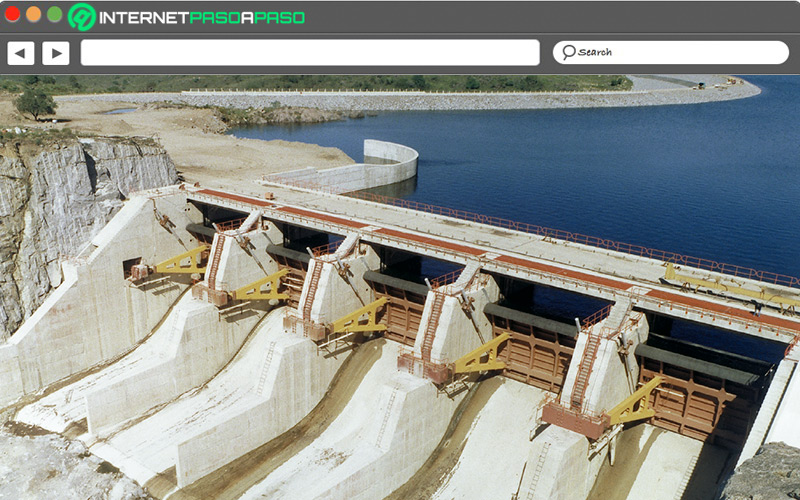
This is located in the Province of Córdoba, Argentina. The installation of this SAE is known for being the largest in the region, it has a capacity of 750 MW and has 36 years operating in generation or pumping mode, since it was inaugurated in 1986.
It is made up of two dams that are the Cerro Pelado reservoir and the counter reservoir. located about 12 kilometers below the firstcalled Short Creek. Said construction positioned the country in a luxury of Latin American engineering for having a storage center.
Cerro Dominador thermo-solar power plant
The tower has a power of 110 MW and consists of 392,000 panels that capture the sun’s energy. This is made up of tanks for hot and cold salts that allow thermal storage capable of producing electricity at night, which means that It can provide power for 24 hours efficiently. The South American country is also betting on non-renewable and renewable generation projects.
This work It is located in Chile specifically in Antofagasta. This construction is characterized by being a clean energy revolution project that does not affect the environment and contributes to a sustainable future.
Capella Solar (Albireo 1 and 2 Photovoltaic Plants)
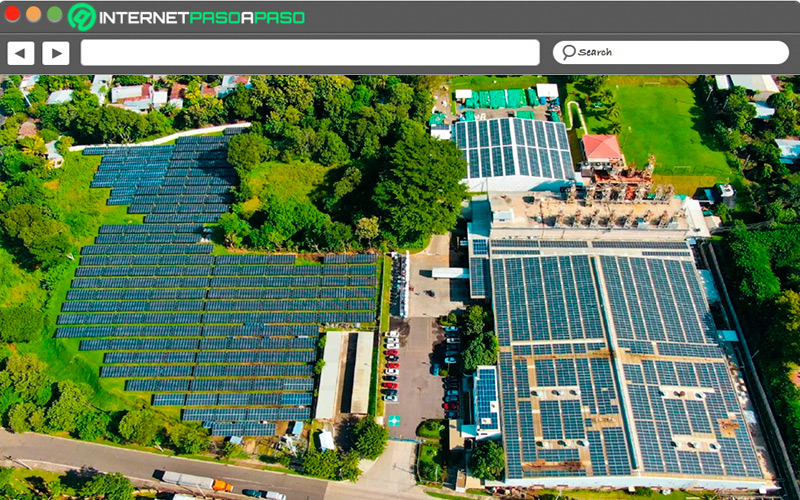
The project is located in Usulutan, El Salvador. It is dedicated to Lithium Ion batteries and is responsible for providing frequency regulation services. The system is 3.3MW/2.23MWh attached to two 140 MWh photovoltaic plants of total installed capacity, dedicated to reservation services. It constitutes one of the largest energy infrastructures in Central America and it is said that it injects close to 4% of the energy to the country’s market.
Solar Chapel constitutes a transmission line of approximately 8 kilometers and other interconnection facilities, located in municipalities of Usulutan.
Pokigron Micronet
In Surinam To deal with the situation that arises and due to the growing demand for electricity in the country, the Government as a political strategy has developed a plan dedicated to establishing a better sustainable electricity system with climate change mitigation and adaptation plans.
The SAE application through micro-network technology in this area improves the electrification servicea common problem in the islands. In Suriname, the IDB group has provided financing support for this type of project that manages PV solar generation technology in lead batteries, which can generate 500 KW and store 1,800 KWh for the good living of approximately 400 families.
Computing